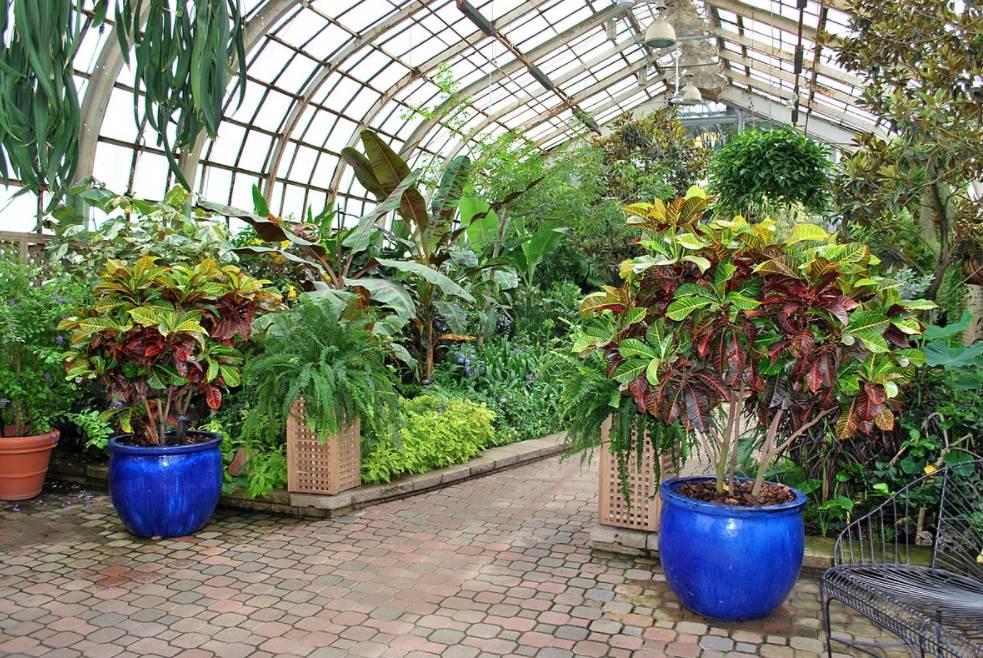If you want to discover a wide variety of exotic plants from all around the world in Chicago, then this 19th-century structure is the place to go.
In this article, we’ll take a closer look at some of the most interesting facts about the Lincoln Park Conservatory, an amazing greenhouse in this bustling city.
1. The greenhouse is located in Chicago’s largest public park
The Lincoln Park Conservatory is both a conservatory and botanical garden located just north of Downtown Chicago, near the shores of Lake Michigan.
As the name of the facility implies, it’s located within the huge Lincoln Park, the largest public park in the city. This park runs for an astounding 7 miles (11 kilometers) along the shores of the lake and covered an area of 1,200 acres (490 hectares).
The conservatory itself covers an area of 3 acres (1.2 hectares) and is located just south of Fullerton Avenue and west of Lake Shore Drive.
Other attractions inside this park include the Lincoln Park Zoo, the Alfred Caldwell Lily Pool, and the Nature and History Museums of Chicago.

2. The structure replaced a small greenhouse in the late 19th century
If you look at the structure, then you can clearly see a resemblance with the famous greenhouses that were built in the gardens of the huge palaces in Europe.
The original purpose of these greenhouses wasn’t really to serve as a tourist attraction but to grow plants for medical purposes. That was before the huge pharma industry took over and produced medicine in large amounts.
In Chicago, a small greenhouse was already built for this purpose back in the 1870s. The idea to build a much larger greenhouse came about when the original version of the structure didn’t suffice anymore to cope with the growing demand of the booming city.
The Lincoln Park Conservatory was established by the Lincoln Park Commission and completed between 1890 and 1895.
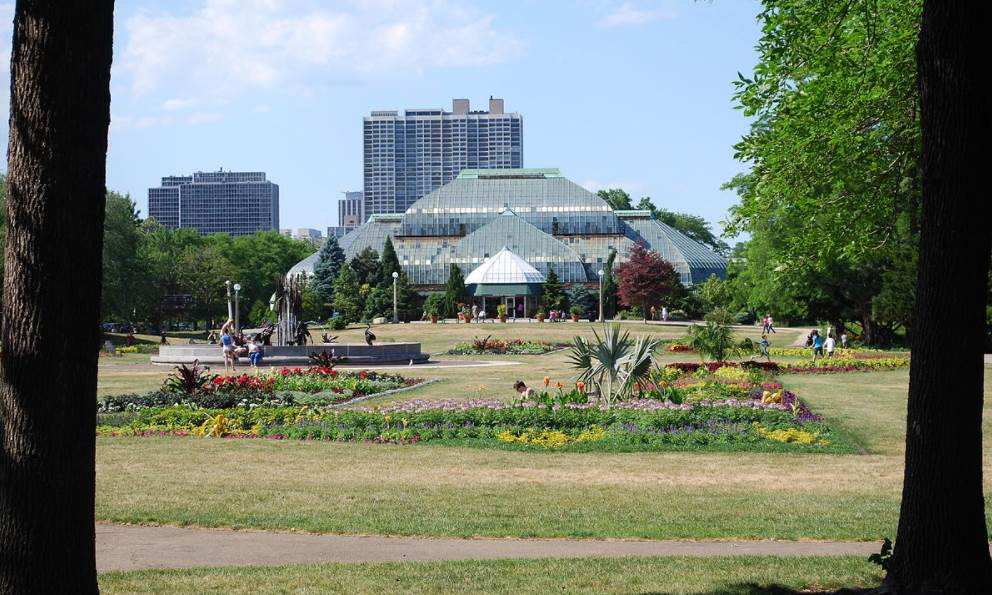
3. The greenhouse didn’t look as it does today upon completion
The complex features 4 main halls and is adjoined by 15 supporting structures. When the conservatory first opened its doors in 1892, only the lobby and “Palm House” were completed.
The “Fern Room” and “Tropical Room” now known as the “Orchid Room” opened their doors in the year 1895. This was followed by the “Show House,” a hall specially designated for seasonal flower and plant exhibits.
The structure was renovated and expanded twice throughout its history. The first time happened in 1925 when the original lobby was replaced with the structure featuring the iconic bell-shaped roof we see today.
The second project was completed in 1954 and seriously expanded the entire complex.

4. The Palm House features a rubber tree that was planted in 1891
Even though the conservatory is home to thousands of plants ranging from exotic species to seasonal flowers, some really stand out from the crowd.
The Fern Room features plants that grow on the forest floor, including “Cycads.” These plants have a history dating back to over 250 million years ago.
The Palm room features 12 different species of palms and a rubber tree that was planted in the year 1891. This fiddle-leaf rubber tree stands over 50 feet (15 meters) tall today.
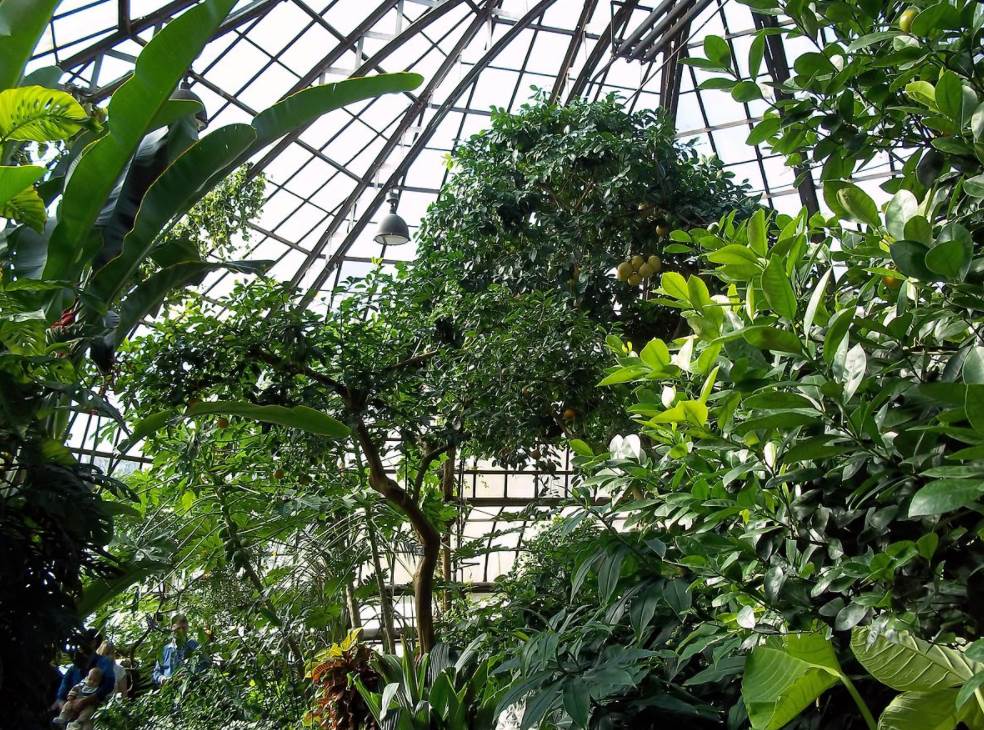
5. The garden in front of the conservatory is quite special as well
An iconic structure like this deserves to be located in an equally iconic spot in the city. That’s exactly the case as well!
The magnificently landscaped public garden in front of the conservatory is one of the oldest of its kind in Chicago and was established during the 1870s, over 2 decades before the current conservatory was built.
It’s referred to as the “Great Garden” and features a sculptural fountain that was erected in 1887 called “Storks at Play” or the “Eli Bates Fountain.”
It’s hard to deny that this is one of the most amazing places in Chicago to spend a relaxing afternoon away from the city’s busy streets, don’t you think?
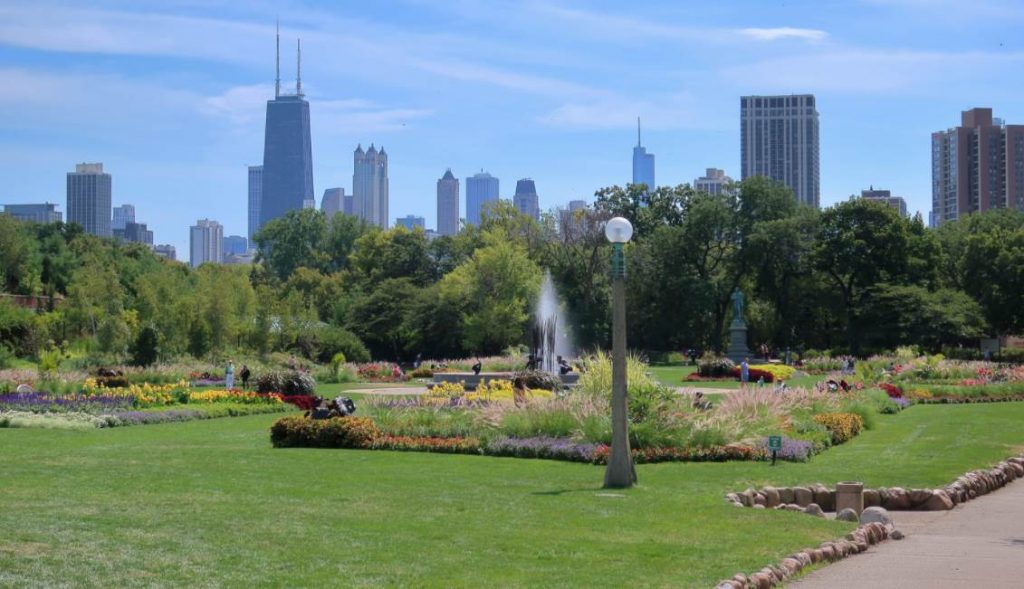
More interesting facts about the Lincoln Park Conservatory
6. When the greenhouse originally opened in the year 1891 it was advertised as a “Paradise Under Glass.” One of the main rooms of the structure, the palm House, was originally referred to as the “Stove House.”
7. The greenhouse was designed in the typical late 19th-century Victorian-era architectural style. The architects of the building were Joseph Lyman Silsbee and Mifflin E. Bell.
The latter was a Chicago-based architect who designed numerous post offices and courthouses, and customhouses around the country.
It’s hard to deny that both architects were inspired by greenhouses in Europe. Some prominent examples are the Palmenhaus Schönbrunn in Vienna, Austria, which was completed shortly before, and the Royal Greenhouses of Laeken, Brussels, Belgium.
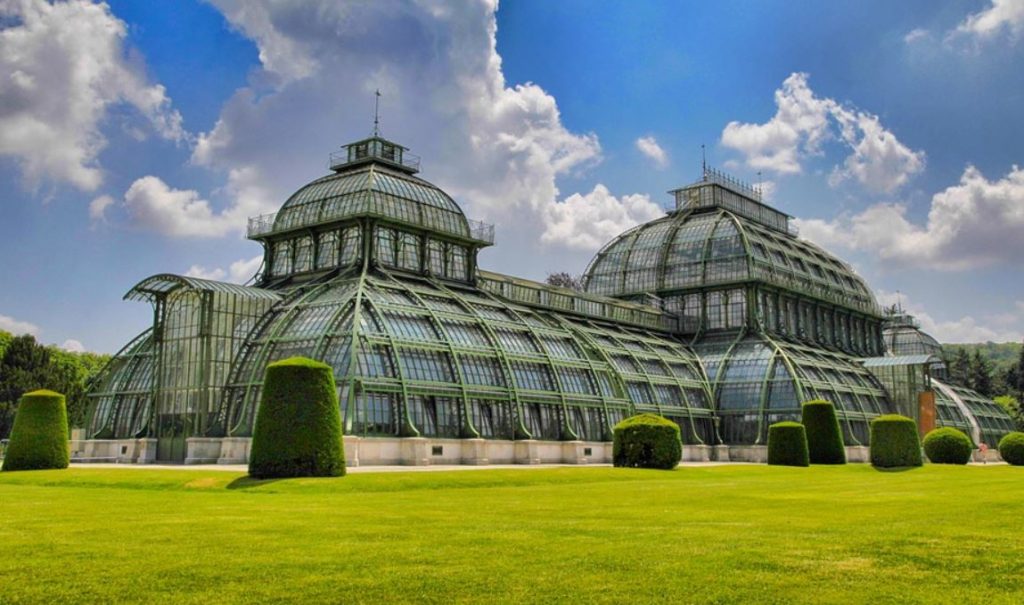
8. The “Tropical Room” inside the conservatory was renamed the “Orchid Room” and has an estimated 25,000 orchids in its collection. This is a very humid room because that’s how orchids get their water intake.
9. One of the most popular areas of the conservatory is the “Display Room,” also known as the “Show Room.” The main reason is that this room is used for temporary exhibits of plants and flowers.
The “Spring Flower Show” is an event between January 21 and May 13 of every year, followed by the “Tropical Flower Show” which lasts between June 2 and September 23 of every year.
To complete the yearly cycle, these two shows are followed by the so-called “Winter Flow and Train Show” which is held between November 24 and January 6.
10. Even though the Palm House only features 12 different types of palms, some of these are very rare species such as the Dwarf Sugar, Bottle, Fiji Fan, and Everglade palms.
This room also features a wide variety of fruit-producing trees from tropical countries, including banana plants, a grapefruit tree, orange trees, papaya plants, a coffee tree, a cacao tree, and the pygmy date and coconut palms.
